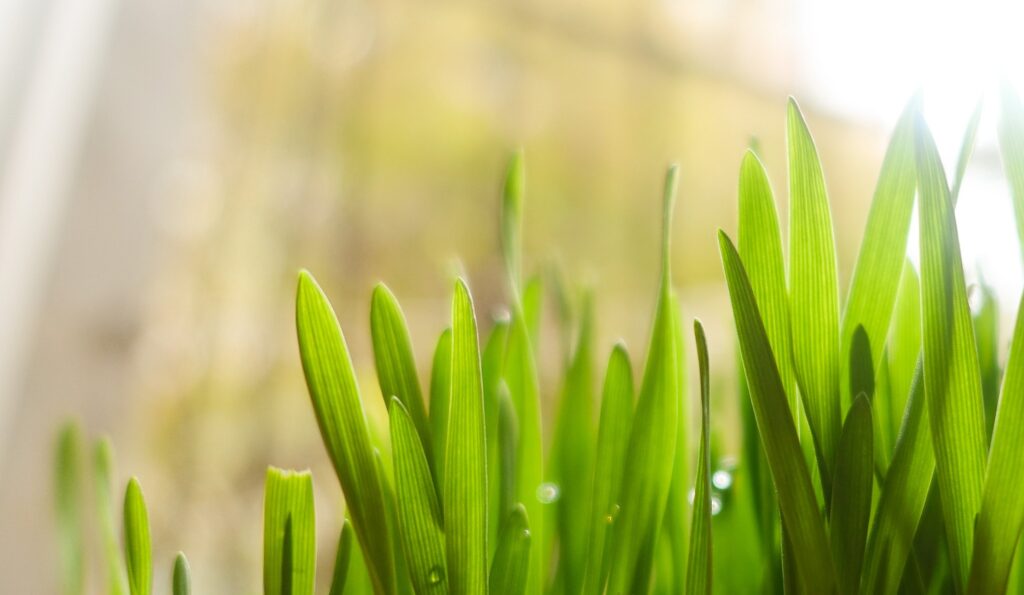
Strategies for Effective Weed Control
Weeds are a common problem for gardeners, landscapers, and farmers alike. They are often invasive and can take over an area quickly, crowding out desirable plants and reducing yields. Effective weed control is essential to maintain healthy plants and achieve optimal yields. In this article, we will discuss several strategies for effective weed control.
Mulching
Mulching is an effective way to control weeds in your garden or landscape. Mulch is any material that is spread over the soil to protect and insulate the soil, conserve moisture, and suppress weeds. There are many types of mulch, including straw, leaves, wood chips, and shredded bark. When mulch is applied to the soil surface, it blocks the light that weed seeds need to germinate and grow. Additionally, organic mulches break down over time and add valuable nutrients to the soil.
Hand Weeding
Hand weeding is a labor-intensive but effective way to remove weeds from your garden or landscape. It involves physically removing weeds by pulling them out of the ground. Hand weeding is most effective when weeds are small and have shallow roots. It is also important to remove weeds before they have a chance to set seed, as this will prevent them from spreading further.
Chemical Control
Chemical control involves the use of herbicides to kill weeds. Herbicides can be effective when used properly, but they must be used with caution. It is important to read and follow the label instructions carefully, as herbicides can harm desirable plants if not used correctly. Additionally, herbicides can be harmful to humans, animals, and the environment if not used properly. For these reasons, chemical control should be used only as a last resort and only after all other methods have been tried.
Cultural Control
Cultural control involves altering the environment to make it less hospitable to weeds. This can include practices such as crop rotation, planting cover crops, and adjusting irrigation practices. By rotating crops, you can disrupt the life cycle of weeds and reduce their ability to establish themselves in the soil. Planting cover crops can also help to smother weeds and add nutrients to the soil. Adjusting irrigation practices can help to reduce weed growth by limiting moisture in the soil.
Biological Control
Biological control involves using natural predators, such as insects or fungi, to control weeds. This method is often used in agricultural settings, where herbicides are not an option. For example, some farmers use goats or sheep to graze on weeds, while others introduce insects that feed on specific types of weeds. Biological control can be effective, but it is important to carefully select the predators to avoid unintended consequences.
Prevention
Prevention is the best strategy for weed control. By taking steps to prevent weeds from establishing themselves in the first place, you can save time and effort in the long run. This can include practices such as cleaning garden tools to avoid spreading weed seeds, using weed-free soil, and selecting plants that are less susceptible to weed competition. Additionally, it is important to keep your garden or landscape healthy by providing proper irrigation, fertilization, and pruning.
Integrated Weed Management (IWM)
Integrated Weed Management (IWM) is a holistic approach that combines several weed control methods to achieve long-term weed control while minimizing the use of herbicides. This approach involves analyzing the weed species, understanding their life cycle and growth habits, and using a combination of cultural, mechanical, and chemical methods to control them. By using IWM, farmers and gardeners can reduce herbicide use, minimize the risk of herbicide resistance, and achieve long-term weed control.
Timing of Weed Control
Timing is an important factor in effective weed control. Weeds are easier to control when they are small and have not yet established a strong root system. Therefore, it is important to remove weeds as soon as they appear and before they have a chance to set seed. Additionally, some herbicides are more effective when applied at specific times in the weed’s life cycle. For example, pre-emergent herbicides are applied before weed seeds germinate, while post-emergent herbicides are applied after the weeds have emerged from the soil.
Selective Herbicides
Selective herbicides are herbicides that target specific types of weeds while leaving desirable plants unharmed. This is important in situations where weeds are growing alongside desirable plants, such as in lawns or agricultural fields. Selective herbicides are effective when used properly and can help to control weeds without harming desirable plants.
Cover Crops
Cover crops are plants that are grown specifically to improve the soil and provide other benefits, such as weed control. Cover crops can help to smother weeds by shading them out and competing with them for resources. Additionally, cover crops can add organic matter to the soil, improve soil structure, and reduce erosion. Some examples of cover crops include clover, rye, and buckwheat.
Effective weed control requires a multi-pronged approach that includes a combination of methods, including mulching, hand weeding, chemical control, cultural control, biological control, prevention, IWM, timing of weed control, selective herbicides, and cover crops. By using these strategies in combination and selecting the methods that work best for your specific situation, you can effectively control weeds and maintain healthy plants. Remember, prevention is key, so take steps to prevent weeds from establishing themselves in the first place, and you will save time and effort in the long run.
